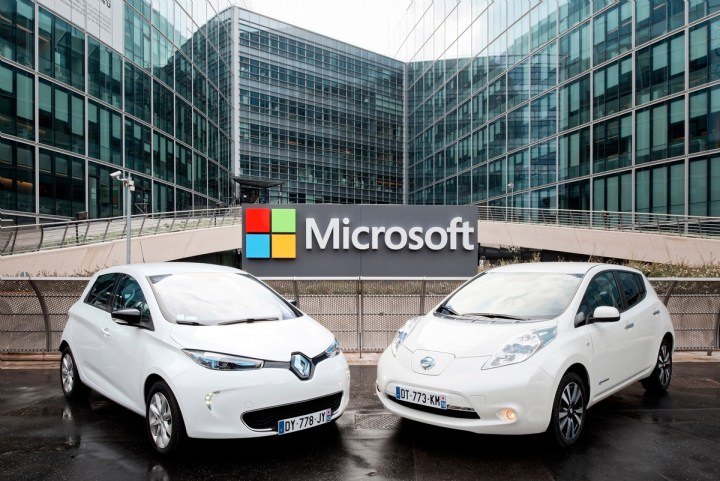
Showcased for the first time at CES 2017, Microsoft’s Azure is going to help power artificial intelligence (AI) bots which will augment driving by providing additional safety warnings, detecting driver engagement, and personalizing the driving experience. Microsoft’s cloud bots will be able to customize the ride, performance and entertainment options depending on who is driving.
But Microsoft’s services don’t just bolster the company’s own services, they will also act as a foundation for a number of third-party software providers. British automotive engineering firm IAV has developed new automated vehicle technology that will use Azure processing and storage to make vehicles more aware of their surroundings and integrate with a number of public space technologies to enable vehicles to better understand their environment.
Mapping software company Esri is much the same. It utilizes Azure to handle geographic data and analytics to better understand the driver behind the wheel, whether they are an AI or a human. By being able to better predict how vehicles will react, it can offer more information to whoever is in control, thereby improving road safety and efficiency.
Insurer Swiss Re is also looking to use Microsoft’s Azure to handle telematics which can give it better insight into driver behavior and therefore offer much more specialized insurance packages for consumers.
All of these technologies will be on show at this year’s CES, where automated and connected vehicles will be on hand for consumers to ride in. They will also show off developments by partner firm, NXP Semiconductors, which is developing a system of secure communications between vehicles, so whether automated or not, they will know whether everyone is at all times, thereby making it easier to avoid traffic and the potential for accidents.
The complex relationship between drivers — AI and human — and the technology that is being added to smart, connected vehicles, requires a robust platform and Microsoft’s Azure is proving popular with a number of technology developers. It’s going to be interesting to see if one or two dominant platforms end up taking over the connected car scene, or whether the marketplace will have a lot of key players, like the automotive industry itself.



